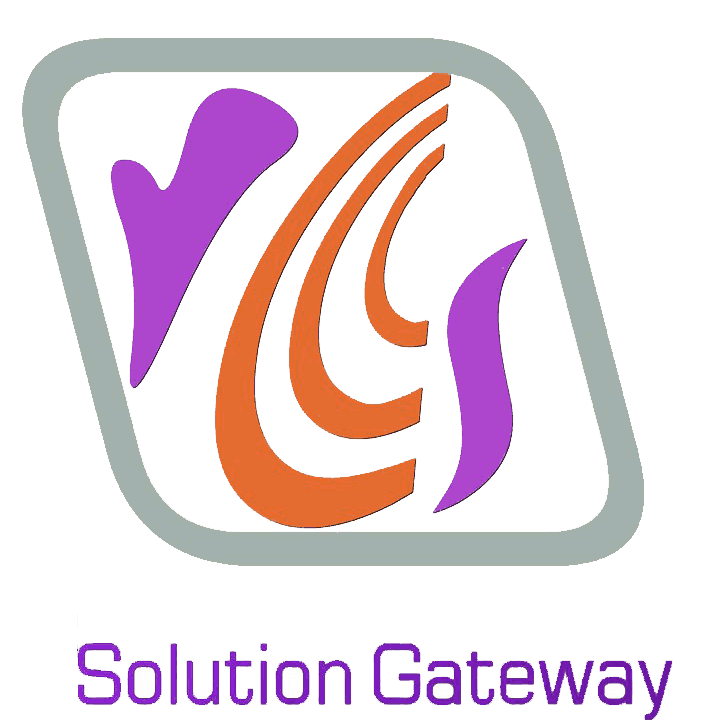Master 12 principles for effective Software Design
Software design is a fundamental part of the software development cycle. It is the process by which software engineers convert user requirements into a blueprint for constructing software. The goal is not just to create a functional system, but rather a system that is more adaptable, efficient, and maintainable. Effective software design involves understanding and applying a set of principles that guide the structuring and implementation of software systems.

Objectives of Software Design
The main objectives of designing a software are:
- Functionality: Ensuring that the software performs all required tasks correctly.
- Usability: Making the software intuitive and easy to use.
- Efficiency: Optimizing the performance of the software to use system resources effectively.
- Maintainability: Designing the software so it can be easily modified and extended.
- Scalability: Ensuring the software can handle growth in users or functionality.
- Adaptability: Facilitating adaptive software development to accommodate changing requirements and technologies.
Adhering to fundamental principles of software design is crucial for creating high-quality software. These principles help ensure that the software is robust, maintainable, and scalable. Here are some basic principles of software design which should be kept in mind :
1. Modularity
Modularity is about breaking down a software system into smaller, self-contained modules. Each module should have a specific function and a well-defined interface. This makes the system easier to develop, test, and maintain.
Example: In mobile application development, a weather app could be divided into modules such as user interface, weather data retrieval, and notifications. Each module can be developed and tested independently, making it easier to locate and fix issues.
2. Abstraction
By highlighting the key components and excluding unnecessary information, abstraction helps to simplify complicated systems. This principle allows software engineers to manage complexity by working at higher levels of generalization.
Example: In application programming, a class representing a bank account might provide methods like deposit() and withdraw() without exposing the underlying data structures that store the balance. This allows developers to interact with the bank account at a high level without worrying about the details.
3. Encapsulation
Encapsulation is the process of combining data and the methods that modify it into a single entity, commonly a class. It restricts direct access to some of the object’s components, which helps protect the integrity of the data and prevent unintended interference.
Example: In customized application software for a library system, a Book class might encapsulate the details of the book’s title, author, and availability status. The class provides methods to borrow or return a book, ensuring that these operations are performed correctly.
4. Separation of Concerns
The separation of concerns principle dictates that different aspects of a software system should be managed by distinct modules. This helps in managing complexity by dividing the system into distinct sections that handle specific concerns.
Example: In IT software development, a web application could be divided into separate layers for the user interface, business logic, and data access. This allows developers to focus on one layer at a time, making the system easier to develop and maintain.
5. Single Responsibility Principle (SRP)
SRP states that each class or module should have only one reason to change, meaning it should focus on a single task or responsibility. This principle reduces complexity and increases the robustness of the software.
Example: In application programming, a class responsible for sending email notifications should not handle user authentication. Instead, a separate class should manage authentication, adhering to SRP.
6. Open/Closed Principle (OCP)
The OCP principle asserts that software entities like classes, modules, and functions should be open for extension but closed for modification. This means new functionality should be added without altering existing code.
Example: In custom application development, if you need to add a new feature to calculate sales tax in an e-commerce application, you should be able to extend the existing tax calculation module rather than modifying it. This prevents introducing bugs into the existing code.
7. Liskov Substitution Principle (LSP)
According to LSP, objects of a superclass need to be interchangeable with objects of a subclass without compromising the program’s functioning. This ensures that derived classes extend base classes without altering their expected behavior.
Example: In mobile applications development, if you have a base class called Shape with a method calculateArea(), you should be able to replace it with any subclass, such as Circle or Rectangle, without changing the code that uses these classes.
8. Interface Segregation Principle (ISP)
As per the ISP, no client should be made to rely on techniques it does not implement. Instead, design customised interfaces to meet the demands of various clients.
Example: On application development platforms, rather than having a single interface with methods for both user management and order processing, you could have separate interfaces. This way, a class implementing user management does not need to provide implementations for order processing methods it doesn’t use.
9. Dependency Inversion Principle (DIP)
DIP advises that high-level modules should not depend on low-level modules but both should depend on abstractions. Also, abstractions should not depend on details, and details should depend on abstractions.
Example: In customized application software, instead of a payment processing class directly depending on a specific payment gateway like PayPal, it should depend on an interface of a payment gateway. The specific implementation for PayPal or any other gateway can be provided at runtime.
10. DRY (Don’t Repeat Yourself)
The DRY principle advocates for reducing repetition within the software. Duplicating code can lead to inconsistencies and increased maintenance costs. Instead, common functionality should be abstracted into reusable modules or functions.
Example: In coding in software engineering, if you have a function to validate email addresses, you should not write this function multiple times. Instead, create a single reusable function and call it wherever needed.
11. KISS (Keep It Simple, Stupid)
The KISS principle emphasizes simplicity in design. Avoid unnecessary complexity by focusing on straightforward solutions that are easy to understand and maintain. Simple designs often result in more reliable and efficient software.
Example: In app design software, when creating a user interface, using simple and consistent navigation patterns can make the app easier to use and reduce the potential for user error.
12. YAGNI (You Aren’t Gonna Need It) Design Principle
YAGNI is a principle of adaptive software development that discourages the implementation of features until they are actually needed. This helps avoid unnecessary work and complexity, ensuring the software remains lean and focused on current requirements.
Example: In computer software development, if the current scope of the project does not require a multi-language support feature, you should not implement it until there is a clear requirement for it. This avoids adding unnecessary complexity and potential maintenance overhead.
In conclusion
Good software design is essential for creating robust, efficient, and maintainable software. By following fundamental principles such as modularity, abstraction, encapsulation, and the SOLID principles, software engineers can ensure that their software meets user requirements and adapts to future changes. Each principle plays a vital role in addressing different aspects of software complexity and maintainability.
The software development cycle provides a structured approach to building software, ensuring that each stage—from requirement analysis to maintenance—contributes to the overall quality and functionality of the final product. Whether you are involved in mobile application development, customized application software, or any other domain of IT software development, understanding and applying these principles will lead to better software outcomes.
Investing time in proper software design not only enhances the quality of the software but also saves time and resources in the long run. By focusing on user needs, adhering to best practices, and embracing adaptive methodologies, developers can create software that stands the test of time and evolves with the ever-changing technological landscape. Whether you are looking to develop a mobile app, create an application development platform, or work with app design software, these principles are your guide to excellence in software engineering.


